The range meter of my fully charged 2020 Mini Cooper SE reads 110 miles as I fasten my seatbelt, which is hardly a surprise because that number matches the official EPA-certified range of this all-new electric car. But then I turn on the climate control system, at which point the range prediction promptly falls to 103 miles.
“Uh-oh. This could get interesting,” I say to myself. My range test course, you see, is a vast loop that measures about 105 miles around.
I don’t really think I’ll end up walking, though. I remind myself that most electric cars I’ve tested — the Porsche Taycan among them — routinely outperform their rated range. But “most” is the operative word in this train of thought, so I ease out of my driveway to begin the test under a tiny cloud of uncertainty. Will the Mini Cooper SE prove to be one of the outliers? Will I encounter any low battery warnings? All will become clear in the next three and half hours.
None of my initial hand-wringing should be taken to mean the Mini’s rated range of 110 miles is somehow insufficient. It’s not, in my view. The length of my course has no special meaning. It doesn’t represent the “right” number of miles.
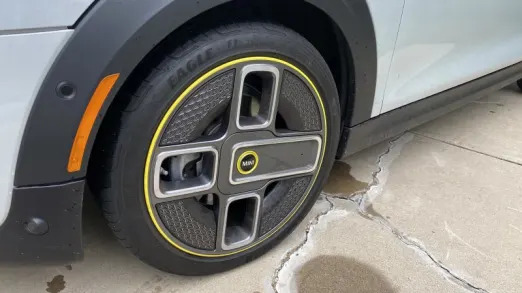
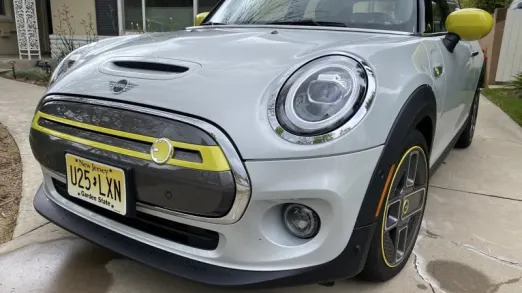
How the test was run
My loop in Orange County, Calif., represents what I call typical suburban city driving. It’s not as dense as the notorious gridlocked areas found in West Los Angeles or certain big-city downtown environs, so it’s applicable to the vast majority of drivers. It features suburban residential and arterial streets, with speed limits that range from 25 mph to as much as 60 mph. But there’s no pure freeway mileage, and the entire route is peppered with more than 310 signals. As for elevation, it ranges from sea level to just over 600 feet.
I run with the automatic climate control system set within the range of 72 to 75 degrees, aiming to settle on one specific setting throughout that delivers adequate comfort. I’ll try whatever Eco drive mode there is, but if throttle response is anemic I’ll use the normal setting. Here, the default mode is the “green” mode, and I’m sticking with it because the SE’s driveability is totally agreeable.
As for speed, I’m running mid-pack between the leadfoots and the slowpokes. I won’t try to out-drag anyone leaving signals, and I look far enough ahead that I can choose the best lane and anticipate when the next signal is going to change. In short, I’m aiming to land halfway between hypermiling and hyperactive. As a rule, I’ll use the one-pedal driving mode if the regenerative braking system supports it. The Mini SE has such a setting, and it’s the start-up default, too. Perfect.
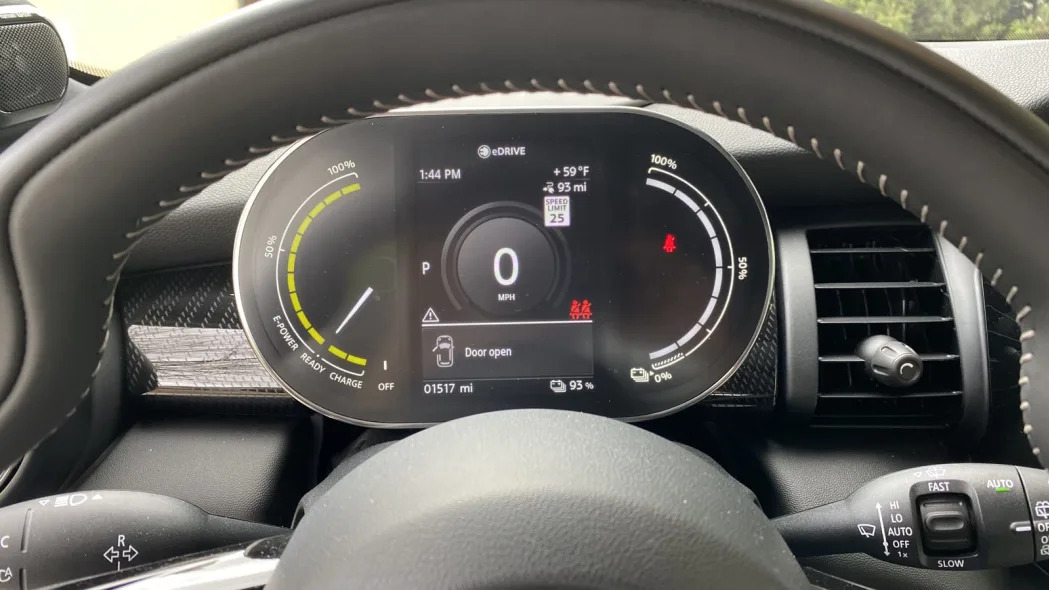
Looking good
Things get off to a good start. The view out is expansive, and like any Mini Cooper the driving position is easy to customize for reach and rake. There’s plenty of headroom and legroom, more than I actually need to accommodate my 6-foot 2-inch frame, even though this top-level Iconic has the twin-panel sunroof. I do wish the sunshade was closer to 100% opaque, though.
Though this is city driving, the famous Mini go-kart handling and pointy steering is in full effect. It manages to exude personality and be fun to drive even here. The flip side of that, of course, is the go-kart ride. It’s not overtly hard or harsh, but the relative lack of suspension travel and the firmish suspension calibration does lead to more than a little head toss and surface following. It’s typical Mini stuff, though. You either like it or you don’t.
I’m not trying to outrun anyone when the lights turn green, but the natural low-end torque that comes with electric propulsion still shines through and makes it all feel smooth and effortless. The naturally high regenerative braking setting is fairly easy to control, but the lift-off is a bit more abrupt than some others out there. It’s easy to switch to normal braking with a simple flip of one of the toggles, but it’s not long before I go back to one-pedal mode.
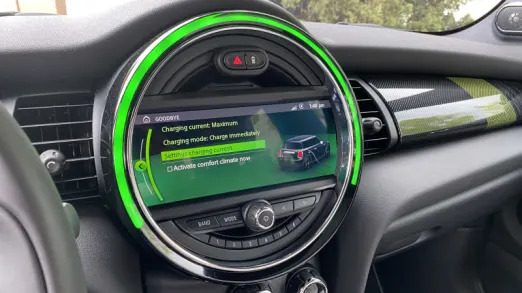
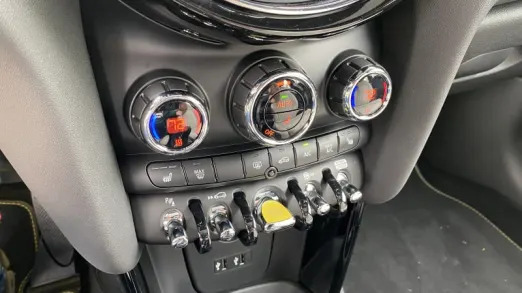
Range check-ins
I start to relax when only 5 miles come off the range meter after the first 10 actual miles are in my rear-view mirror. That said, the number of miles left to drive isn’t that different from what the range meter is displaying. There’s still a long way to go.
The situation improves as I near the one-third mark, at which point the battery gauge shows 75% charge remaining with 72 miles left to go. But the primary battery gauge only has eight chunky segments and isn’t terribly helpful. I will later discover a more useful digital readout good for 1% resolution after thumbing through the trip computer menu.
I make the turn away from the coast after completing 58.7 miles, and the distance-to-empty readout says I’ve got another 62 miles at my disposal. I’m well past the halfway point, yet I still have more than half a battery charge in hand. I’d already be celebrating if it wasn’t for the fact that all of this loop’s hills and elevation gain lays ahead.
After another hour ticks by, and it’s finally clear I’ll make it easily after I crest the summit of the highest point on the course. There are 42 miles of range left and less than 20 left to drive. The only remaining question is this: will I see any low battery warnings before I get home?

Crushed it
That’s a hard no. After 3 hours and 40 minutes, I roll into my driveway with 32 battery miles and 32% charge left over. The Mini SE’s trip odometer says I’ve driven 105.7 miles. Tack on the remaining miles and you get a final projected range of 137.7 miles. That’s 27.7 miles and 25.2% better than the EPA rating.
Did you catch the odd bit there? The Mini’s range prediction algorithm remained pessimistic to the last. It never altered its projections to reflect how I was driving. If it had, my own calculations suggest the meter could have rightly said that my remaining 32% charge was good for 49 miles, not 32 miles. That would have put the projected range north of 150 miles.
That unhelpful pessimism carried over after I fully recharged it, too. Next morning, the range meter said once again that a full charge was good for no more than 110 miles. Other EVs recalibrate their predictions to match the way they’re driven, which really helps an owner build confidence. I hope there’s a driver preference setting I didn’t manage to find. Incidentally, that refill took 3 hours and 21 minutes on a 240-volt home charge station that delivered sufficient amperage (32 amps) to max out the Mini SE’s 7.4 kilowatt on-board charger.
My charge station’s meter also said it took 23.2 kilowatt-hours (kWh) to refill the Mini’s battery. Divide that by 105.7 miles and you get an observed consumption of 21.9 kWh per 100 miles (kWh/100). The Mini SE’s rated consumption is 31 kWh/100, so over this test distance it consumed 29% less than its consumption rating. In MPGe terms (which I hate and you should, too, because you buy electricity in kWh), that’s a result of 154 MPGe against a rating of 108 MPGe.
So, yeah. The Mini SE crushed it.
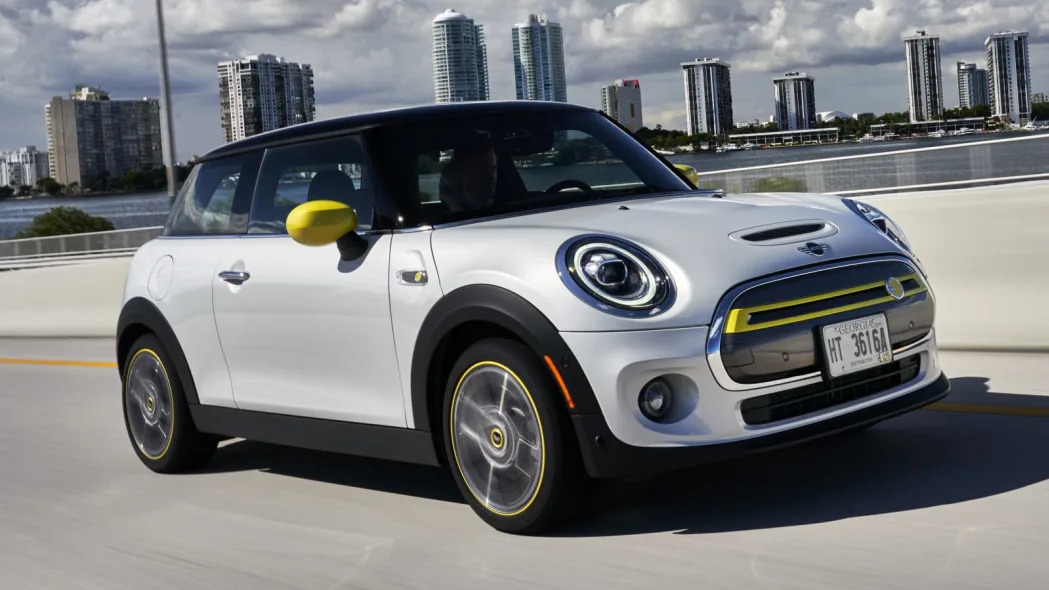
A smarter choice than you think
I would have argued that the Mini’s range rating of 110 miles was fine even if I hadn’t beaten that figure by 25%. In fact, in many ways I see it as a smart design choice. There are several reasons for that.
First, a small EV like the Mini SE isn’t really a long-distance cruiser anyway. It’s a cool skateboard of a car with a pretend backseat in which you can zip around town and make the commute to work. I’d also argue that small EVs are best as second cars for homeowners in any case, people who can readily charge them nightly and have a more suitable vehicle for longer trips and vacation travel.
Second, a bigger battery would utterly screw up the value proposition. Big batteries cost big money, so the SE’s modest 32.6 kWh battery helps to keep the price down to ridiculously affordable levels. How affordable? Whichever of the three trim levels you choose, a Mini Cooper SE isn’t really that much more expensive than a Mini Cooper S if you spec both with similar equipment. And that’s before we start talking about the $7,500 tax credit, various state rebates and HOV lane access. It’s a legitimate bargain if you consider any of that.
Comparisons to the Cooper S are indeed warranted because the Cooper SE’s 181 horsepower and 199 pound-feet of torque aren’t that far off the 187 hp and 207 lb-ft made by the S’s 2.0-liter turbo four. The battery-powered Mini does weigh more, but the SE’s right-sized battery makes the difference less dramatic. What’s more, the low position of the SE’s battery gives it a lower center of gravity and better front/rear weight distribution than the Cooper S.
No reason not to
I would have told you all of that before I headed out to make my lap around Orange County. But now the above arguments are even more compelling now that I’ve proved to myself that it is indeed possible to beat the Mini’s rated range to a significant degree without trying too hard.
Leadfooted drivers and high-speed freeway combatants won’t do as well as I did, but it is quite clear that the Mini SE will meet or beat its range if you give yourself half a chance. If you like the idea of a Mini Cooper S and can deal with a plug-in car, I see no reason not to give the Mini Cooper SE a hard look.
Related Video:
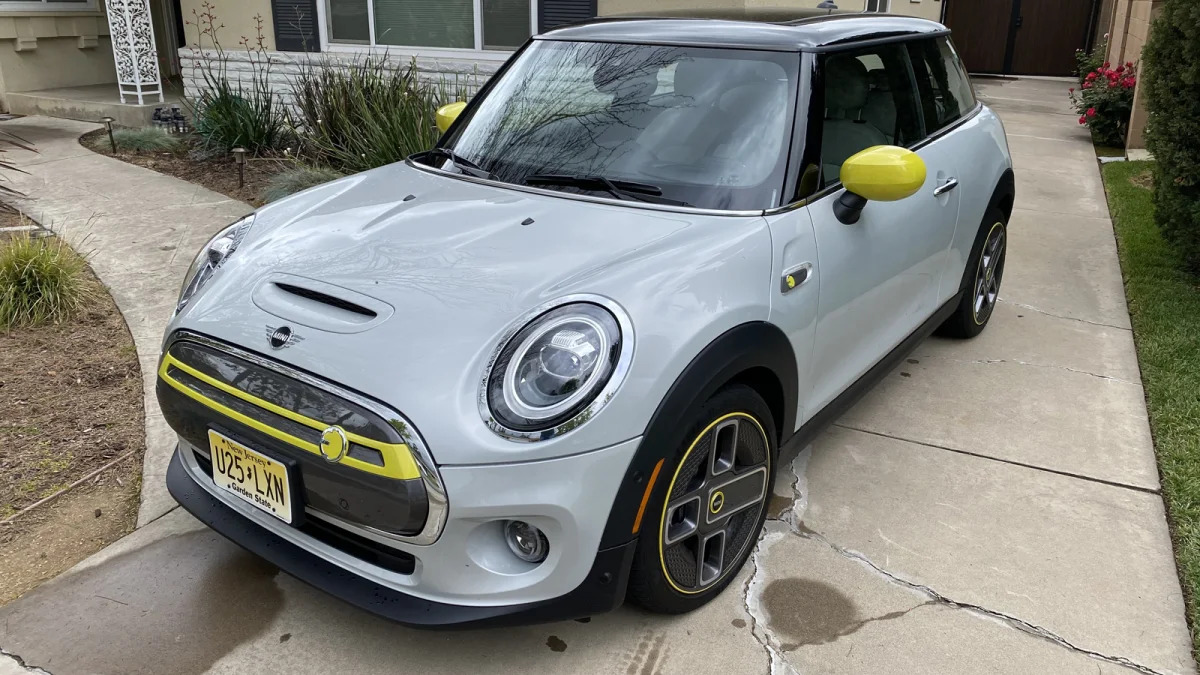









Sign in to post
Please sign in to leave a comment.
Continue